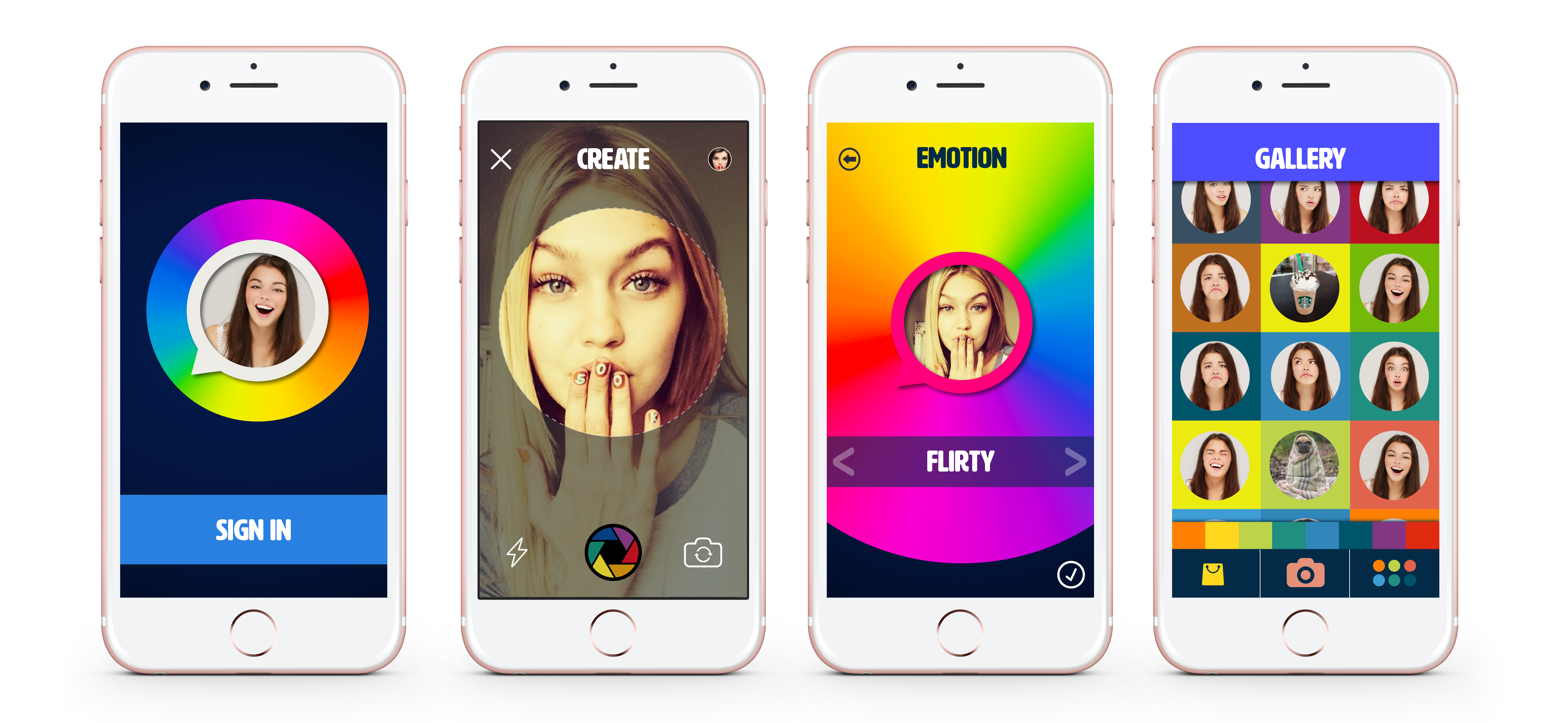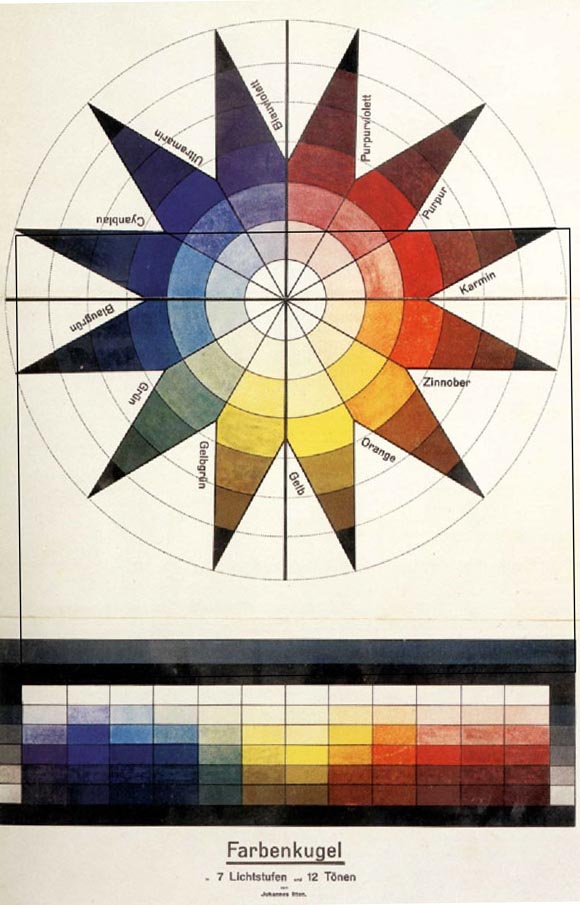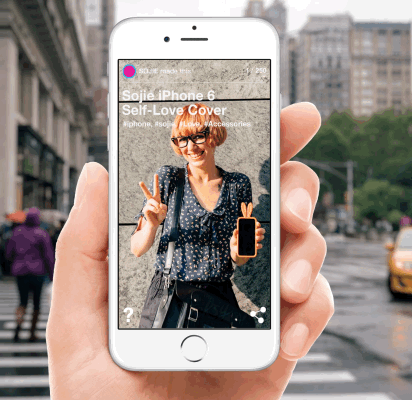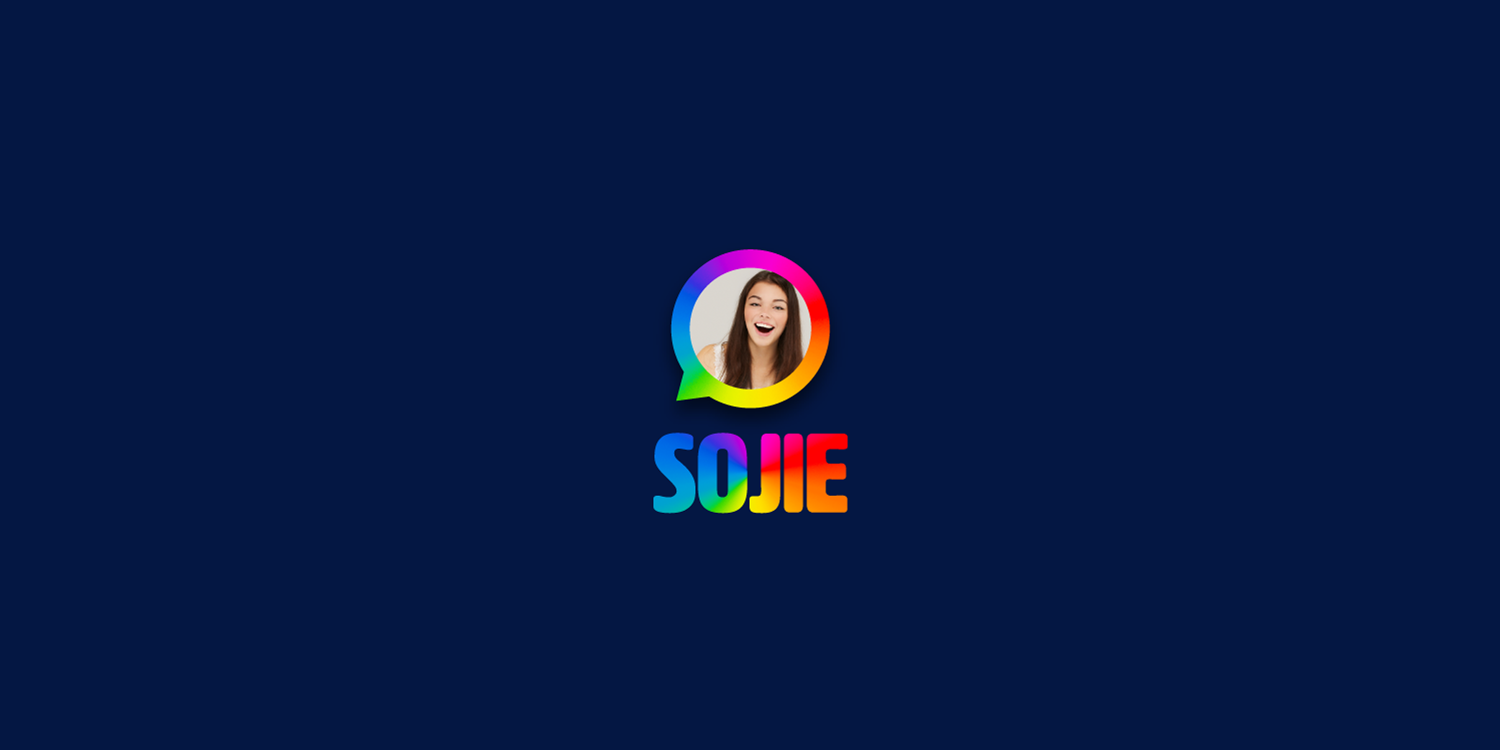Color theory, symbolism & photography meet pop culture.
The first meetings we had with the start-up behind several successful mobile apps were energetic. They were looking for a design team to bring their next app to fruition. The idea was in its infancy. The name was SOJIE and the idea a simple one. Let's build a mobile app that can turn selfies into emojis and put those emojis straight to the mobile device's keyboard. The app will be free to use and will be monetized through gifts (a cup of coffee say). What if you could text someone the tired emoji and include a coffee sticker that is redeemable at Starbucks, for example? Sounds great, let's get to work.
Scope
- Focus Group Research
- UX/UI Design
- Technology Consulting
- iOS Development

The Research

We learned a lot. We learned that photo organization was a problem. Photo editing and face tuning was important. Installing custom keyboards was a challenge for users. The backend would need to be robust to manage promotions and offers.
And most instructively, we embraced the idea that all humans beings just might be hardwired for certain hues. Emotion and color are eerily connected and the marriage of selfies with emojis would require a robust emotive organization. Why not lean on the color wheel?

The Approach
We started sketching and prototyping with tools like PaintCode and Origami. We created a color wheel, and more color wheels, and then we threw them away and started over with different color wheels. Each iteration was based on a two-week sprint, the end of which was capped by a round table with a new focus group with a fresh set of eyes.
While the frontend team was refining the design, backend development was coming into focus. The CMS would allow vendors, resellers, and channel partners to integrate their products into the app. The product placement would be targeted to specific user attributes. We brought a new level of psychographic and behavioral capabilities to in app purchases.

Iterative design at its core is about establishing a design language and process and then amending that process based on user feedback. It means learning from failures before inciting a brand burning event. And it just so happens to be the most cost-effective methodology.
The SOJIE story is still being written. Ideas have matured, and monetization strategies continue to take shape. Early results are promising, but it's too early to tell whether the next person you see looking at their phone will be looking at SOJIE. Stay tuned for future updates.


Next Up

Exploring the billing universe
Brand activation and marketing for a super powerful, SaaS billing platform.
Read the case study